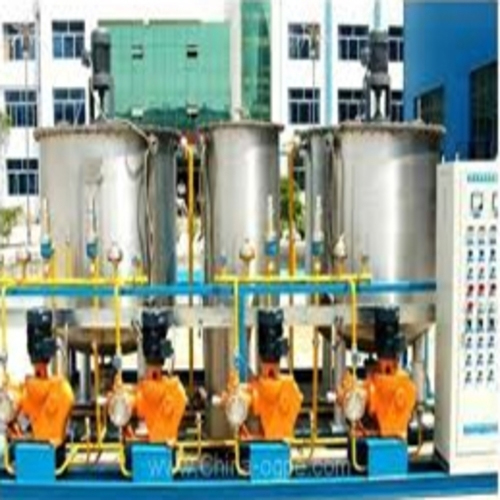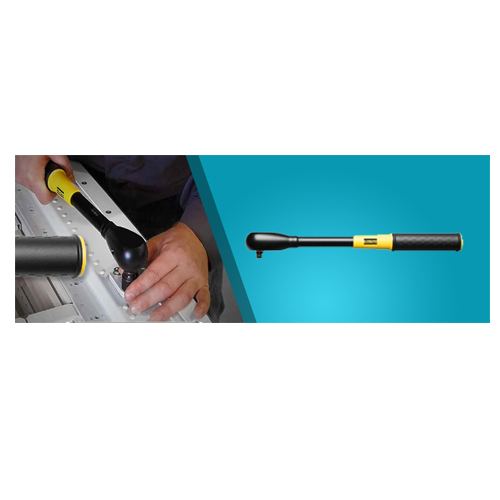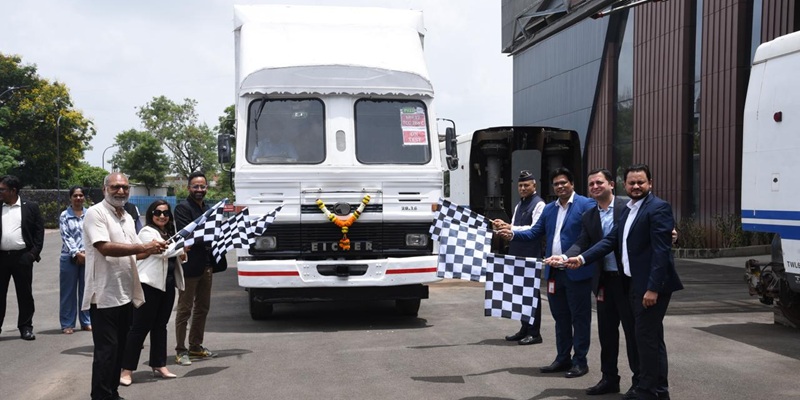Schedule a Call Back
Tips for Green Buildings
 Technical Articles
Technical Articles- Feb 19,11
Green building, sometimes called sustainable building, is the practice of creating healthier and more resource-efficient models of construction, renovation, operation and maintenance. Sustainable building takes into account the building's entire lifecycle - there could be slightly higher initial costs, but green designs, upgrades and operations create savings that will almost always pay for the added costs, reduce the use of other resources and enhance productivity. Green building practices can help organisations achieve and maintain operational efficiencies that help create a sustainable future for the community, economy and environment. Whether it's new construction or renovating an existing infrastructure, below is a list of tips that can help facility managers implement green building practices:
For New Construction
- When determining whether your new construction project will be a green/sustainable facility, the following questions should be considered:
- Will the facility use less non-renewable energy to operate?
- Will the project take fewer resources to build?
- Will the facility have a longer life cycle without undue effort to extend its life?
- Will the facility produce less pollution with less damage to ecosystems?
- Set clear and realistic goals not only for the building project, but also for the project's environmental targets. Sample goals include a facility with low operational energy use, low renewable energy source and long facility lifecycle.
- Budget appropriately - while this applies to construction in general, it is especially true of building green. Plan for slightly higher costs up front knowing that green building will create enough savings down the line to pay for the added costs.
- Be adamant on building commissioning - this may seem obvious for most building owners but often time this is the part being neglected (or value engineered) due to shortening of the construction schedule. Ensuring the building automation system has been tuned according to the specific building requirement will reduce unnecessary operating expenses and occupant complaints.

The following are six fundamental principles that define a sustainable building design and should be considered when planning a green facility:
- Selecting the proper building site that integrates with a sustainable building design - the location, orientation and landscaping of a building affect the environment and energy use.
- Optimising energy use - it is essential to find ways to increase energy efficiency, reduce load and utilise renewable energy resources.
- Conserving water - a sustainable building should use water efficiently, reuse and recycle water, and reduce, treat and control site runoff.
- Using environmentally preferable products that minimise life-cycle environmental impacts such as global warming and resource depletion as well as have a reduced effect on human health and the environment.
- Improving indoor air quality - a facility that maximises daylighting, has appropriate ventilation and moisture control will have a significant impact on occupational health, comfort and productivity.
- Optimising operational and maintenance practices will contribute to reduced energy and resource costs and prevent system failures. For example, ensure the building automation overrides are removed and building controls are maximised to help optimise energy use without sacrificing comfort.
For Existing Facilities
- When debating whether to make energy efficient upgrades on existing facilities, consider that investments in high-performance buildings often can be funded within current energy and operating budgets. Funding can come from a variety of sources; in addition, energy efficient savings combined with lower maintenance costs can partially offset asset replacement.
- Consider a facility audit to identify savings opportunities, appropriate energy conservation measures and establish a "not to exceed" cost. Use country specific benchmarking directives and energy efficiency measures to establish the baseline energy usage for your building as it relates to similar buildings.
- When trying to determine the potential return on investment, weigh the proposed infrastructure investment against a conservative estimate of future energy costs compared to historical costs. To derive the identified return on investment, it is important to diligently follow the plan through the entire project.
- Explore funding alternatives such as performance contracting, which provides financing for facility improvements that have longer-term payback through guaranteed energy savings and incentives from local and government authorities.
- Leverage available funding for your infrastructure by seeking out national financial stimulus packages designed to improve overall building efficiency, reduce carbon emissions and find opportunities to implement renewable energy technologies. Note that public buildings have high priority and get quicker funding.
- Be vigilant. Keep up with code compliance as well as industry standards and regulations. Also make sure management is kept updated - especially where deficiencies exist. Be aggressive about correcting deficiencies, yet realistic in terms of timeline and expense. At first plan the work, then work the plan.
- Monitor utility usage and costs to help confirm the value of the project. Regular occupant surveys will help you to understand their specific programming needs and enhance occupant satisfaction. Starting a productivity measure will help solidify the existing business case and open opportunities for future upgrades.
- Simple things like scheduling filter changes and routine maintenance as well as ensuring building automation systems are optimised can help reduce energy costs and save resources.
Additional Resources
There are many resources that provide details and additional information regarding green building, including the Energy and Resources Institute (www.teriin.org) fulfilling its mandate of sustainable development by advocating the concept of green buildings in India.
Other useful sources are:
- Indian Green Building Council (www.igbc.in)
- Bureau of Energy Efficiency (www.bee-india.nic.in)
- India Environment Portal (www.indiaenvironmentportal.org.in)
- United Nations Environment Programme (www.unep.org)
TAL Manufacturing Solutions Ltd. (TAL), the wholly owned subsidiary of Tata Motors, showcased a new range of machines at IMTEX 2011. These include three Vertical Machining Centres - VM 300 , V 450 RAPC, V 650 Twin Spindle, and a 5- axes Versatile Production Centre - TAL Flexi cut 5-X 700. These new standard products will expand TAL's existing range of Vertical Machining Centre Series.
The VM 300 is most suitable for the new emerging and growing component machining industries in India. This machine is particularly suitable for Technical Institutions, Educational Institutions, Job Shops , First time CNC Buyers etc.
The V 450 Rotary pallet Changer Machine offers continuous chip generation, with loading and unloading of the components being masked - thus providing advantages to our customers, in terms of nonstop machining. The Machine offers unique combination of high productivity features, along with the rotary pallet changer. Very few companies in India offer this construction of the machine, with high rapid and speeds, thus making it most suitable for the high volume production environment.
The Twin Spindle V 650 Machine will enhance the manufacturing range substantially, and is most suitable for industries looking for mass production.
This machine offers two spindle working simultaneously with twin Automatic tool changer thus reducing the cycle time per component and promise for more no of components. The machine will provide significantly on cost effective solutions, by eliminating the need of using multiple machines.
The TAL 5 - axes Flexi cut (5X-700) Versatile Production Centre Machine, being presented for the first time in India, is based on the PKM (Parallel Kinematics) Technology, from Exechon AB, Sweden. The machine can work on more surfaces in a single set up.
Better accuracies are possible to achieve for longer / bigger parts. It combines the flexibility of a robot, as well as the rigidity & precision of the machine tools, to provide very versatile high production applications, in the same set up.
The TAL 5- Axes Versatile Production Centre can handle bigger/complex parts for machining, with less congestion and effective chip removal. This maintains a clean environment. The Machine is suited for 5 or more axes applications, and is a very promising Technology for Future, with wide band of applications in Automotive, Aerospace, Complex Engineering Machining, including Steel, Aluminium, Titanium and other exotic materials.
Related Products

Ozone System
Omnicorp Environs & Infratech Co offers a wide range of ozone systems.

SWR ’Slipping’ Wrenches
Reliable
Trade Links offers a wide range of SWR ’slipping’ wrenches.

Gripping Systems – Rgg
Schunk Intec India Pvt Ltd offers a wide range of Gripping Systems – RGG - cleaning
device with shank interface.


















